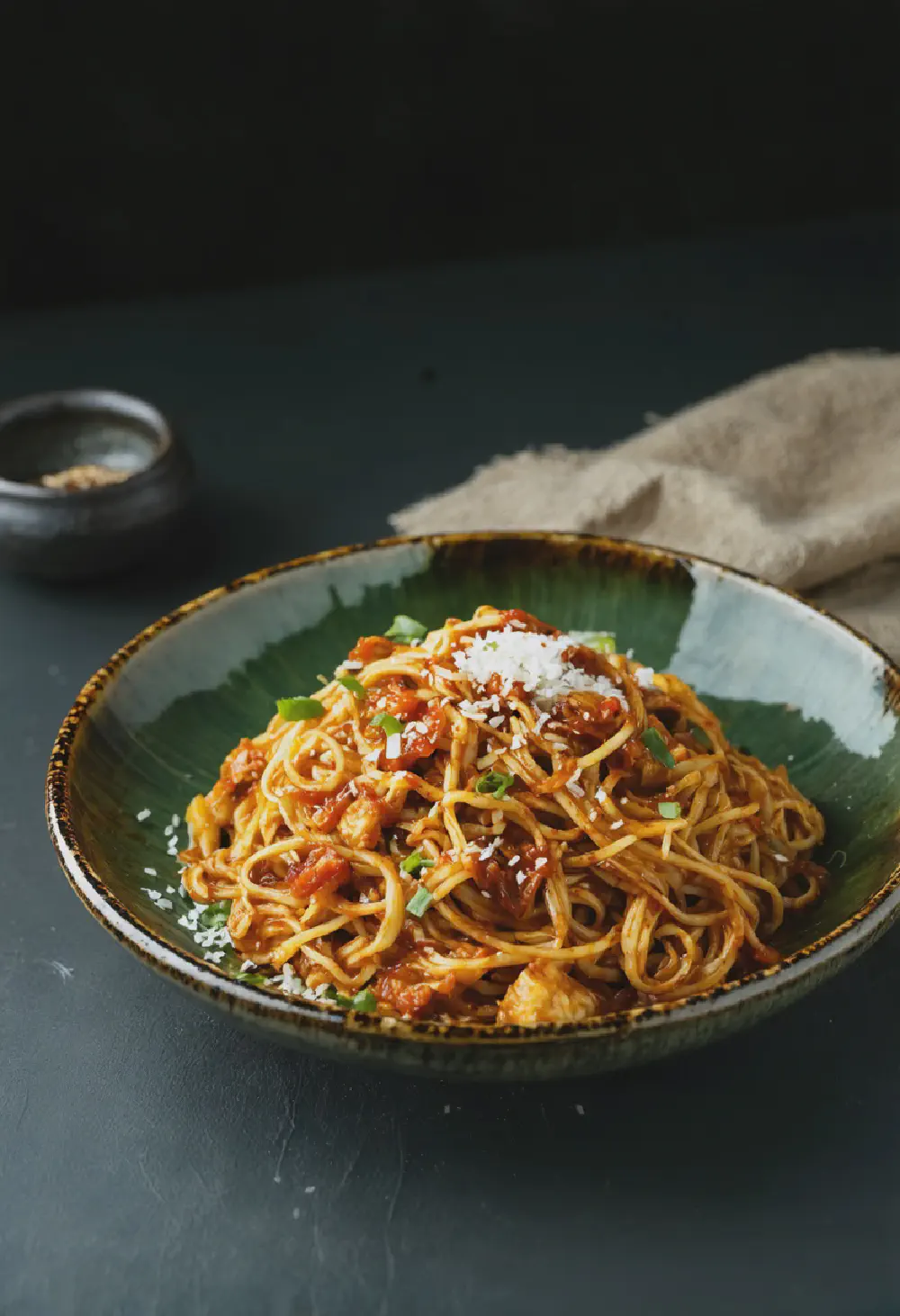Coconut Cream Pie
30M
1H
- Makes 8
- 1 9-inch pie crust, baked and cooled
- 1 cup sweetened shredded coconut
- 2 1/2 cups whole milk
- 1/2 cup granulated sugar
- 1/4 cup cornstarch
- 1/4 teaspoon salt
- 4 large egg yolks
- 2 tablespoons unsalted butter
- 1 teaspoon vanilla extract
- 1 cup heavy cream
- 2 tablespoons powdered sugar
- 1/2 teaspoon vanilla extract
- Preheat your oven to 350°F (175°C). Spread the shredded coconut on a baking sheet and toast in the oven for 5-7 minutes, stirring occasionally, until golden brown. Set aside to cool.
- In a medium saucepan, combine the milk, granulated sugar, cornstarch, and salt. Whisk until smooth and bring to a simmer over medium heat, stirring constantly.
- In a separate bowl, whisk the egg yolks. Gradually whisk in about 1 cup of the hot milk mixture to temper the yolks, then pour the yolk mixture back into the saucepan.
- Continue cooking over medium heat, stirring constantly, until the mixture thickens and comes to a boil. Boil for 1 minute, then remove from heat.
- Stir in the butter and 1 teaspoon of vanilla extract until the butter is melted and fully incorporated. Fold in 3/4 cup of the toasted coconut.
- Pour the filling into the cooled pie crust and smooth the top. Press a piece of plastic wrap directly onto the surface of the filling to prevent a skin from forming. Refrigerate for at least 4 hours or until set.
- Before serving, whip the heavy cream with the powdered sugar and 1/2 teaspoon of vanilla extract until stiff peaks form. Spread the whipped cream over the chilled pie.
- Sprinkle the remaining toasted coconut over the whipped cream. Slice and serve chilled.
Coconut Cream Pie: A Slice of American Dessert History
History
Coconut Cream Pie has a storied place in the annals of American dessert history. Originating in the early 20th century, this dessert became popular during the rise of home baking in the United States. The pie’s inclusion in cookbooks and its frequent appearance at family gatherings and holiday celebrations helped cement its status as a beloved classic. The use of coconut, which became more accessible in the U.S. due to improved transportation and trade, added an exotic flair to the traditional pie format, making Coconut Cream Pie a unique and cherished dessert.
Taste Profile
The taste profile of Coconut Cream Pie is a harmonious blend of textures and flavors. The rich and creamy coconut filling offers a sweet, tropical taste that is both indulgent and refreshing. Encased in a flaky, buttery pie crust, the filling provides a delightful contrast in textures. The pie is then crowned with a light and airy whipped cream topping, which adds a subtle sweetness and smoothness. Toasted coconut flakes sprinkled on top not only enhance the coconut flavor but also introduce a delightful crunch, making every bite a multi-sensory experience.
Cultural Significance
Within American cuisine, Coconut Cream Pie holds a special place as a symbol of comfort and nostalgia. Often featured at Thanksgiving and other family gatherings, this dessert evokes memories of home and togetherness. Its presence on diner menus across the country further underscores its status as a quintessential American dessert. The pie’s versatility and appeal have allowed it to transcend regional boundaries, becoming a beloved treat that is enjoyed by people of all ages and backgrounds. In the broader context of American culinary culture, Coconut Cream Pie represents the innovative spirit of home cooks who have embraced and adapted ingredients like coconut to create new classics.



















